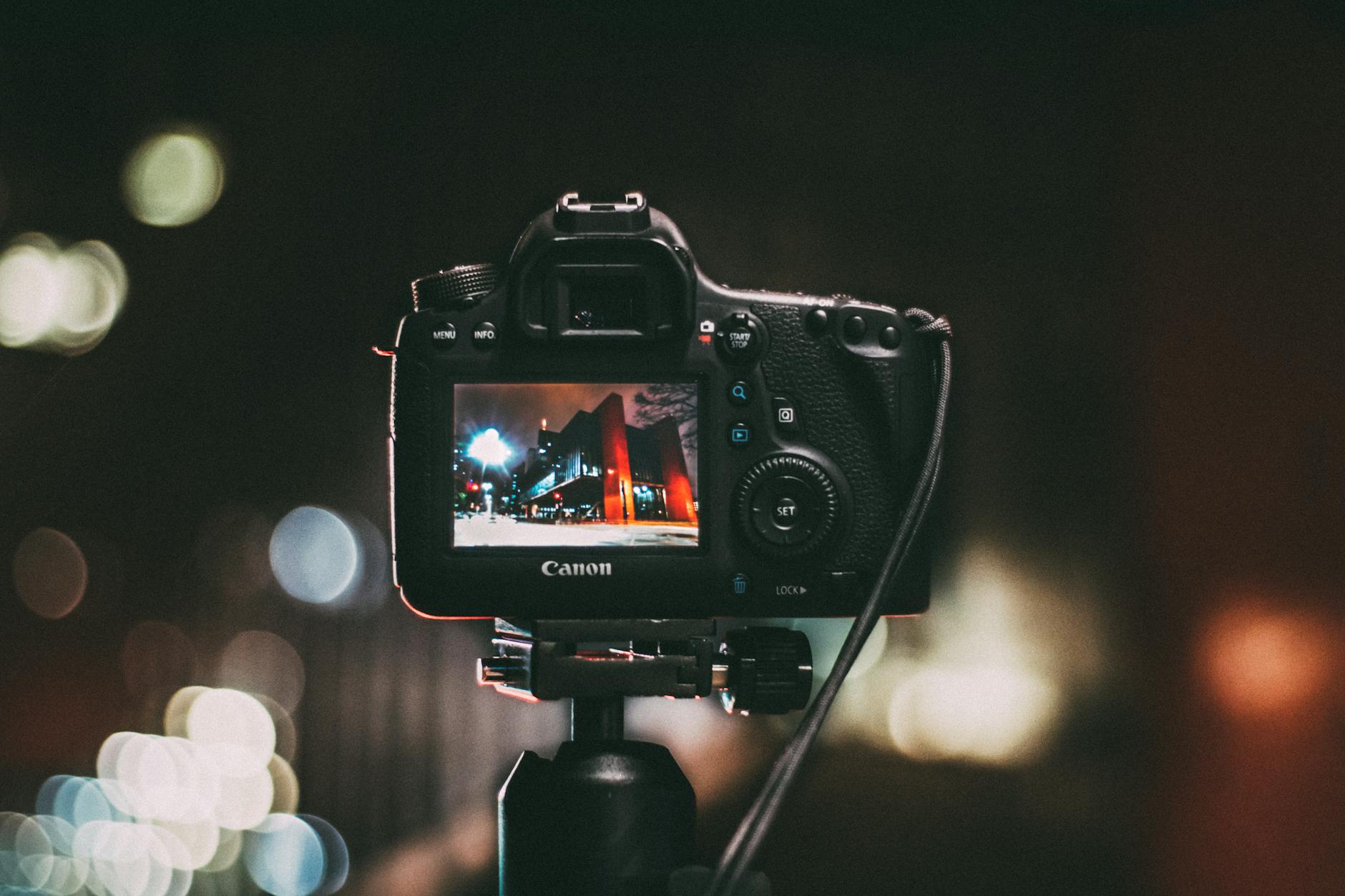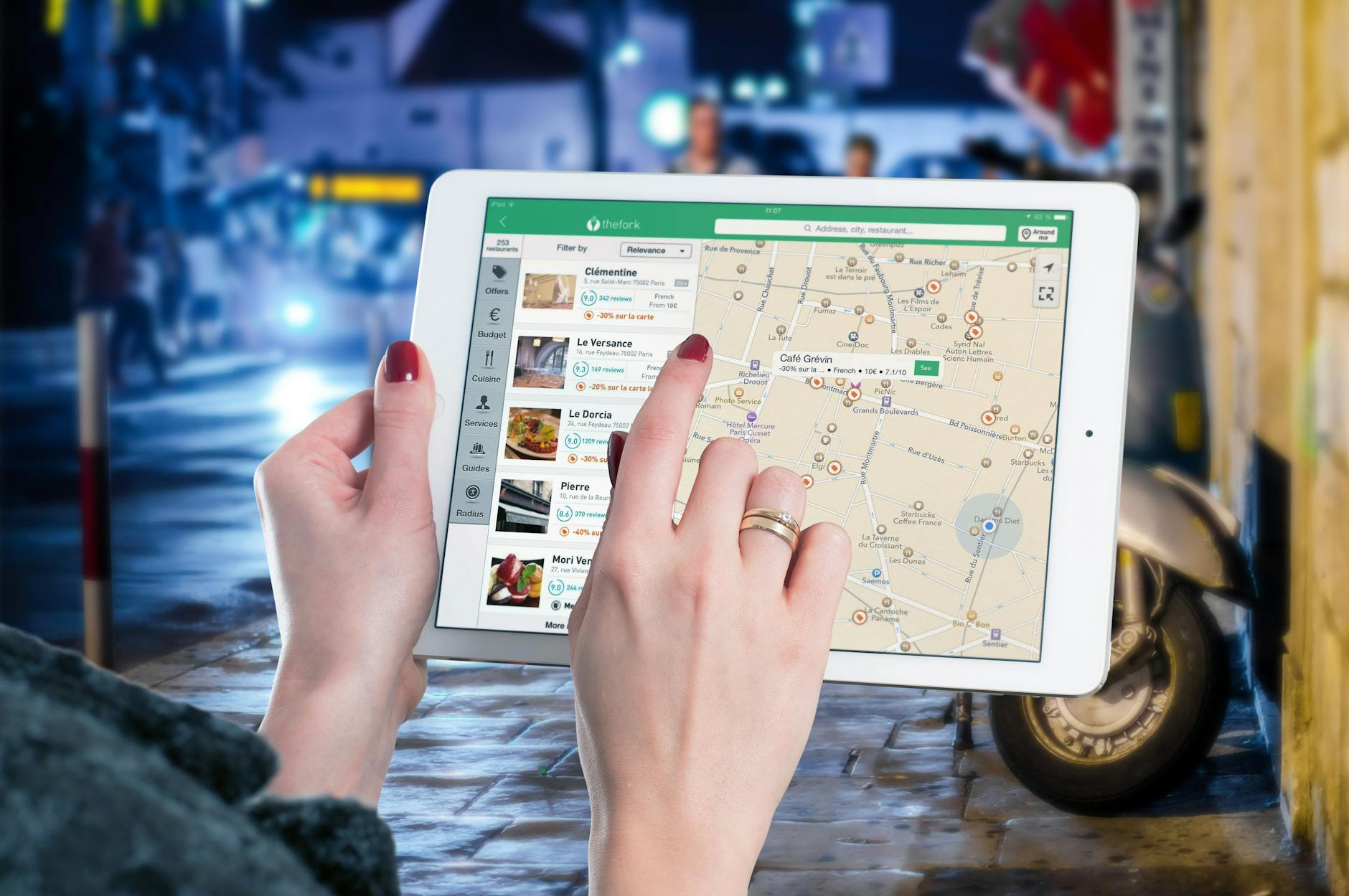Canon EOS R5 vs. Sony A7R IV: Performance and Innovation Comparison
In the rapidly evolving world of digital photography, Canon and Sony stand out as two of the most prominent and respected brands. Both companies have a rich history of producing high-quality cameras that cater to various types of photographers, from amateurs to professionals. This detailed comparison will focus on two of their flagship models: the Canon EOS R5 and the Sony A7R IV. These cameras are packed with advanced features and innovative technologies that set new standards in the world of photography. Let’s dive into an in-depth analysis of each camera’s key features and performance.
Contents
Canon EOS R5
The Canon EOS R5 is a full-frame mirrorless camera that has taken the market by storm since its release. Known for its exceptional features and innovations, the EOS R5 is designed to meet the needs of professional photographers and videographers alike. Here are some of its standout features:

Key Features
- 45MP Full-Frame CMOS Sensor: The EOS R5 boasts a 45-megapixel full-frame CMOS sensor that delivers stunning image quality with incredible detail and clarity. This high-resolution sensor is ideal for capturing landscapes, portraits, and any scenario where image detail is paramount.
- DIGIC X Image Processor: The advanced DIGIC X image processor powers the EOS R5, providing fast processing speeds and excellent noise reduction. This processor enables the camera to handle high-resolution images and videos efficiently.
- Dual Pixel CMOS AF II: Canon’s renowned Dual Pixel CMOS AF II system offers 1,053 autofocus (AF) points, ensuring precise and fast focusing across the entire frame. This autofocus system excels in both still photography and video recording, providing smooth and accurate tracking of moving subjects.
- Continuous Shooting: The EOS R5 can shoot continuously at up to 20 frames per second (fps) with the electronic shutter and 12 fps with the mechanical shutter. This high-speed shooting capability is perfect for capturing fast-moving action, such as sports and wildlife photography.
- ISO Range: The camera has an ISO range of 100-51,200, which is expandable to 102,400. This wide ISO range allows photographers to shoot in various lighting conditions, from bright daylight to low-light environments, while maintaining excellent image quality.
- Video Recording: One of the most talked-about features of the EOS R5 is its ability to record 8K video at 30 frames per second and 4K video at 120 frames per second. This capability makes it a powerhouse for videographers who require high-resolution video recording for professional projects.
- Viewfinder: The camera is equipped with a 5.76-million-dot OLED electronic viewfinder (EVF) that provides a clear and detailed view of the scene. The high-resolution EVF ensures that photographers can compose their shots accurately, even in bright sunlight.
- In-body Stabilization: The EOS R5 features in-body image stabilization (IBIS) that provides up to 8 stops of stabilization. This feature is particularly useful for handheld shooting, as it helps reduce camera shake and produce sharper images.
- Connectivity: For modern photographers, connectivity is crucial. The EOS R5 includes Wi-Fi, Bluetooth, and USB-C connections, allowing for easy transfer of images and remote camera control.
Sony A7R IV
The Sony A7R IV is another formidable contender in the full-frame mirrorless camera market. Known for its high-resolution images and outstanding performance, the A7R IV caters to photographers who demand the best in image quality and autofocus capabilities. Let’s explore its key features:

Key Features
- 61MP Full-Frame Exmor R CMOS Sensor: The A7R IV is equipped with a 61-megapixel full-frame Exmor R CMOS sensor, making it one of the highest-resolution cameras available. This sensor delivers exceptional detail and dynamic range, making it ideal for landscape, studio, and architectural photography.
- BIONZ X Image Processor: Sony’s BIONZ X image processor ensures fast image processing and excellent noise reduction. This processor enables the camera to handle the large file sizes generated by the 61MP sensor with ease.
- Fast Hybrid AF: The A7R IV features a Fast Hybrid AF system with 567 phase-detection AF points and 425 contrast-detection AF points. This comprehensive autofocus system provides fast, accurate, and reliable focusing, even in challenging lighting conditions.
- Continuous Shooting: The camera can shoot continuously at up to 10 fps, making it suitable for capturing action and fast-moving subjects. While not as fast as the EOS R5, it still offers respectable performance for most photographic needs.
- ISO Range: The A7R IV has an ISO range of 100-32,000, expandable to 102,400. This range allows photographers to shoot in various lighting conditions while maintaining excellent image quality and low noise.
- Video Recording: The A7R IV can record 4K video at 30 frames per second. While it does not match the 8K capabilities of the EOS R5, it still offers high-quality video recording with excellent detail and dynamic range.
- Viewfinder: Similar to the EOS R5, the A7R IV features a 5.76-million-dot OLED EVF, providing a clear and detailed view of the scene. This high-resolution EVF ensures accurate composition and focusing.
- In-body Stabilization: The A7R IV includes in-body image stabilization (IBIS) that provides up to 5.5 stops of stabilization. This feature helps reduce camera shake and produce sharper images, particularly in low-light conditions.
- Connectivity: The A7R IV offers Wi-Fi, Bluetooth, and USB-C connectivity, allowing for easy transfer of images and remote camera control. These features are essential for modern photographers who require seamless connectivity.
Key Features Comparison
| Feature | Canon EOS R5 | Sony A7R IV |
|---|---|---|
| Sensor | 45MP full-frame CMOS sensor | 61MP full-frame Exmor R CMOS sensor |
| Image Processor | DIGIC X | BIONZ X |
| Autofocus | Dual Pixel CMOS AF II, 1,053 AF points | Fast Hybrid AF, 567 phase-detection AF points |
| Continuous Shooting | Up to 20 fps | Up to 10 fps |
| ISO Range | 100-51,200 (expandable to 102,400) | 100-32,000 (expandable to 102,400) |
| Video Recording | 8K at 30p, 4K at 120p | 4K at 30p |
| Viewfinder | 5.76-million-dot OLED EVF | 5.76-million-dot OLED EVF |
| In-body Stabilization | Yes, up to 8 stops | Yes, up to 5.5 stops |
| Connectivity | Wi-Fi, Bluetooth, USB-C | Wi-Fi, Bluetooth, USB-C |
Performance and Usability
Image Quality
When it comes to image quality, both cameras excel, but they cater to slightly different needs. The Canon EOS R5’s 45MP sensor strikes a balance between high resolution and manageable file sizes, making it versatile for various types of photography, including weddings, portraits, and landscapes. On the other hand, the Sony A7R IV’s 61MP sensor offers unparalleled resolution, making it the go-to choice for photographers who need the utmost detail, such as landscape, studio, and commercial photographers.
Autofocus
Autofocus performance is critical for capturing sharp images, especially in fast-paced environments. The Canon EOS R5’s Dual Pixel CMOS AF II system with 1,053 AF points provides swift and accurate focusing across the entire frame. This makes it ideal for sports, wildlife, and action photography. The Sony A7R IV’s Fast Hybrid AF system, with 567 phase-detection points, also delivers excellent performance, but it particularly shines in its ability to focus in low-light conditions and track moving subjects reliably.
Continuous Shooting
For photographers who need to capture rapid sequences of images, the Canon EOS R5 offers an impressive 20 fps with the electronic shutter and 12 fps with the mechanical shutter. This high-speed capability is beneficial for sports and wildlife photographers who need to capture fast action. The Sony A7R IV, while slightly slower at 10 fps, still provides sufficient speed for most professional applications.
Video Capabilities
Video recording is another area where these cameras excel, albeit in different ways. The Canon EOS R5’s ability to record 8K video at 30p and 4K at 120p makes it a powerhouse for videographers and filmmakers. This high-resolution video capability allows for more flexibility in post-production, such as cropping and stabilization. In contrast, the Sony A7R IV, with its 4K at 30p recording, provides high-quality video suitable for most professional needs, although it lacks the higher resolution and frame rates of the EOS R5.
In-body Stabilization
Both cameras feature in-body stabilization, which is essential for handheld shooting and reducing camera shake. The Canon EOS R5 offers up to 8 stops of stabilization, providing a significant advantage in low-light conditions and when using longer lenses. The Sony A7R IV’s stabilization system provides up to 5.5 stops, which is still highly effective but falls slightly short compared to the EOS R5.
Build and Ergonomics
The build quality and ergonomics of a camera are crucial for professional use. The Canon EOS R5 features a robust magnesium alloy body that is weather-sealed, making it durable and reliable in various shooting conditions. Its ergonomics are designed for comfort, with well-placed buttons and controls. The Sony A7R IV also boasts a weather-sealed magnesium alloy body, ensuring durability. However, some users might find its ergonomics slightly less comfortable compared to the EOS R5, depending on personal preference.
Connectivity and Workflow
Modern photographers require seamless connectivity for transferring images and controlling the camera remotely. Both the Canon EOS R5 and Sony A7R IV offer Wi-Fi, Bluetooth, and USB-C connectivity, ensuring that photographers can easily integrate these cameras into their workflows. Additionally, both cameras support dual memory card slots, providing ample storage and backup options during shoots.
Conclusion
The Canon EOS R5 and Sony A7R IV each offer unique strengths and top-tier mirrorless camera experiences. The EOS R5 is ideal for professionals who prioritize high-speed shooting and high-resolution video recording, thanks to its impressive 8K video capability and 20 fps continuous shooting. Its superior in-body stabilization and robust build make it a versatile choice for various photographic applications.
On the other hand, the Sony A7R IV excels in high-resolution imaging and outstanding autofocus performance, making it the preferred choice for photographers who need the highest level of detail and precision. Its 61MP sensor and Fast Hybrid AF system are particularly beneficial for landscape, studio, and commercial photographers who demand the best in image quality.
Recommended For
- Canon EOS R5: Users who value high-speed shooting, high-resolution video recording, and superior in-body stabilization.
- Sony A7R IV: Users who prefer high-resolution images, outstanding autofocus performance, and exceptional detail in their photographs.
Ultimately, the choice between the Canon EOS R5 and Sony A7R IV will depend on your specific needs and preferences as a photographer. Both cameras represent the pinnacle of innovation and performance in the mirrorless camera market, ensuring that whichever you choose, you will have a powerful tool to elevate your photography to new heights.



